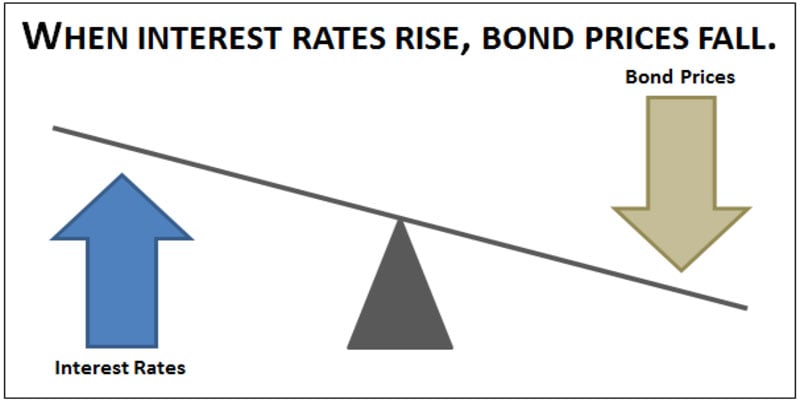Advertisement
Advertisement
All about Financial Statements Explained
Oct 14, 2024 By Kelly Walker
For evaluating a company's health and viability, financial documents are crucial. Investors, lenders, and business partners can use the information in these reports to make educated decisions about providing capital to, purchasing goods and services from, or partnering with the company. Financial analysts or Professional accountants generate financial accounts and have them audited to check for correctness and conformity with industry standards.
Income, balance sheets, and cash flow statements are the three primary types of financial statements since they reveal different aspects of a company's financial health. Investors, creditors, and other parties with a financial interest in a business can learn important information about the entity's profitability, liquidity, and future potential by reviewing its financial statements.
Understanding the Financial Statements

The examination of a company or investment must include financial statements. They give an in-depth look at a company's finances and can be used to gauge things like liquidity, profitability, and solvency. If you work in business, finance, or investments, you need a solid grasp of financial statements to make educated judgments about your firm.
Income Statement
The income statement is one of the most important financial statements since it details the profits and expenses of a business over a given time frame. Since it details the period's profit or loss, the income statement is sometimes known as the "profit and loss statement."
This statement is critical for calculating the company's net profit and gross revenue. A company's net income is left over after deducting all its operating expenses from its gross income.
Balance Sheet
Another essential financial document, the balance sheet, summarizes a company's financial health by a certain date. A firm's assets, liabilities, and equity are all itemized on the balance sheet.
The number of assets, liabilities, and owners' equity must balance. Information on a company's solvency, long-term financial health, and liquidity can be found in its balance sheet. A company's ability to meet its immediate and future financial commitments can be gauged using the balance sheet.
Cash Flow Statement
Another crucial financial statement is the cash flow statement, which details a business's cash influx and outflow over a specified time frame. A company's ability to earn cash and satisfy its short-term obligations can be gleaned from its cash flow statement.
Cash flow from operations, investments, and financing are all reflected in this statement. The cash flow statement can assess a company's liquidity and cash situation.
Supplementary Financial Information
Companies may give additional financial data in addition to the core financial statements. The financial statements' footnotes include further information and clarification. The financial statements may include schedules that elaborate on certain topics, like inventories or debt.
The MD&A of financial performance is the perspective of the company's management on the company's financial results and prospects.
Key Financial Ratios
You can gain insight into a company's financial accounts and gauge its health using essential financial ratios. Liquidity, profitability, and solvency may all be swiftly assessed using financial measurements for investors and analysts. The debt-to-equity ratio, current ratio, return on equity, and gross profit margin are all examples of popular financial ratios.
Uses of Financial Statements

A business's financial health, performance, and position can be learned through its financial statements. They serve several purposes and are used by many accountants and financial experts. In this piece, we'll look at how financial statements can be put to good use.
Investment Analysis
Investors use financial statements to assess a company's financial stability and development potential. Profitability, solvency, and liquidity can all be gleaned from a company's financial statements. Investors can make educated decisions about whether or not to put money into a firm by studying its financial statements.
Credit Analysis
Creditors use financial statements to evaluate a company's liquidity and solvency. The solvency and liquidity of a business can be gleaned from its financial statements. Creditors can make educated lending judgments by reviewing a company's financial accounts.
Operational Analysis
Financial statements are used by management to assess the effectiveness of the business. Revenue, costs, and profits can all be gleaned from a company's financial documents. By examining its financial statements, managers can learn a lot about their company's strengths and weaknesses.
Regulatory Compliance
Financial statements are used by businesses to prove they are following the rules. The Securities and Exchange Commission (SEC) of the United States requires annual financial statements from publicly traded corporations. Accounting standards, such as GAAP or International Financial Reporting Standards, must also be met (IFRS).
Tax Compliance
Financial statements are used by businesses to ensure they are following tax laws. Income, expenditures, and tax obligations can all be gleaned from a company's financial statements. By reviewing its financial accounts, tax authorities can check if a company is paying the right amount of taxes.
Conclusion
A company's financial health, performance, and the position may all be gauged with the help of its financial statements. Financial statements serve several functions, including those of creditors, investors, regulators, managers, and tax authorities. Investors, lenders, and potential business partners can benefit from thoroughly examining the company's financial accounts.

Best Nanny Payroll Services

Stock Exchange Owners: A Closer Look at the Players

Difference between Fixed and Variable Deposit Interest Rates

Why 3x ETFs Are Riskier Than You Might Think

Frac Sand Scarcity: Meeting the Growing Demand

How Venture Capitalists Make Investment Choices?

An Overview of the Vanguard Cash Reserves Federal Money Market Fund

What Is a Contingent Liability?



